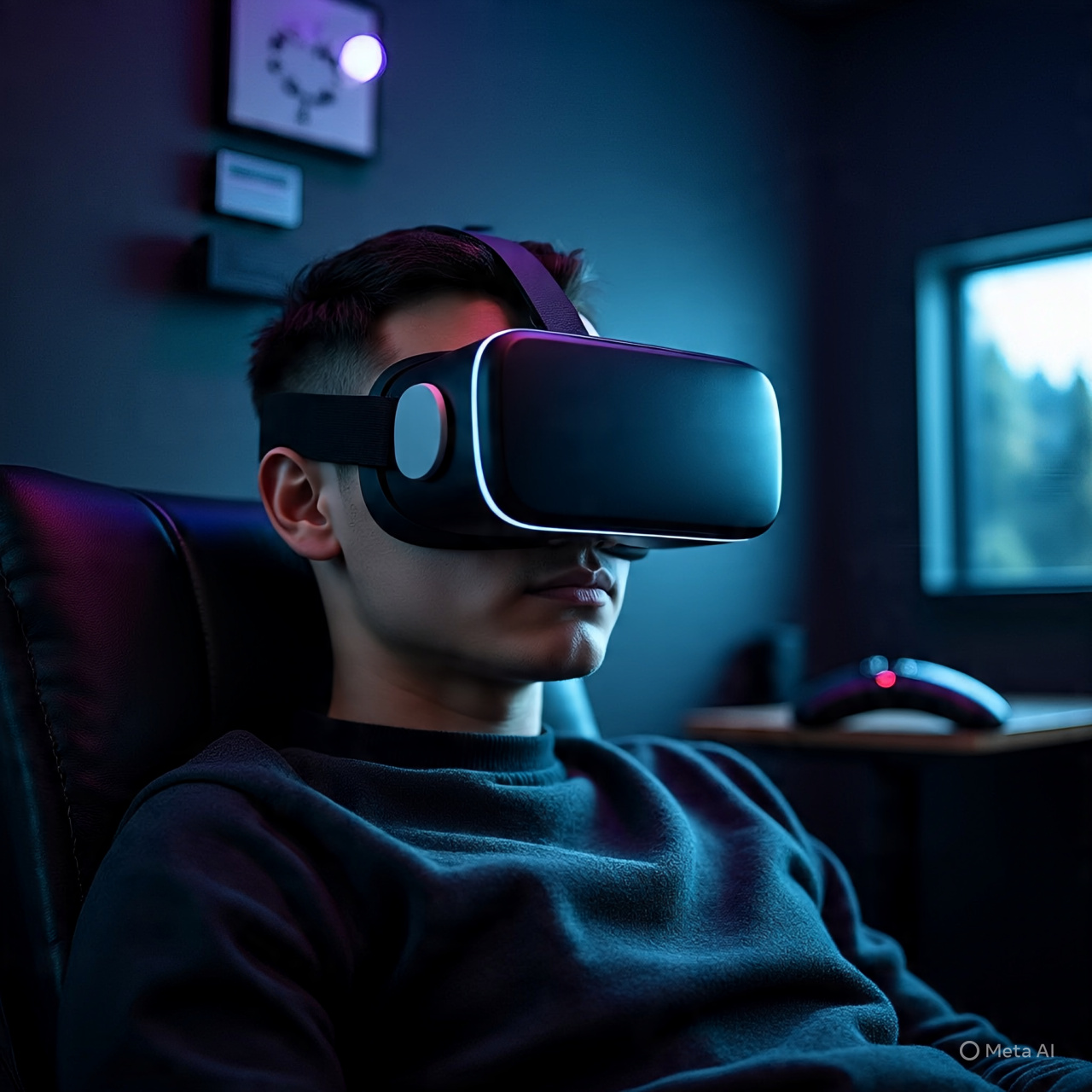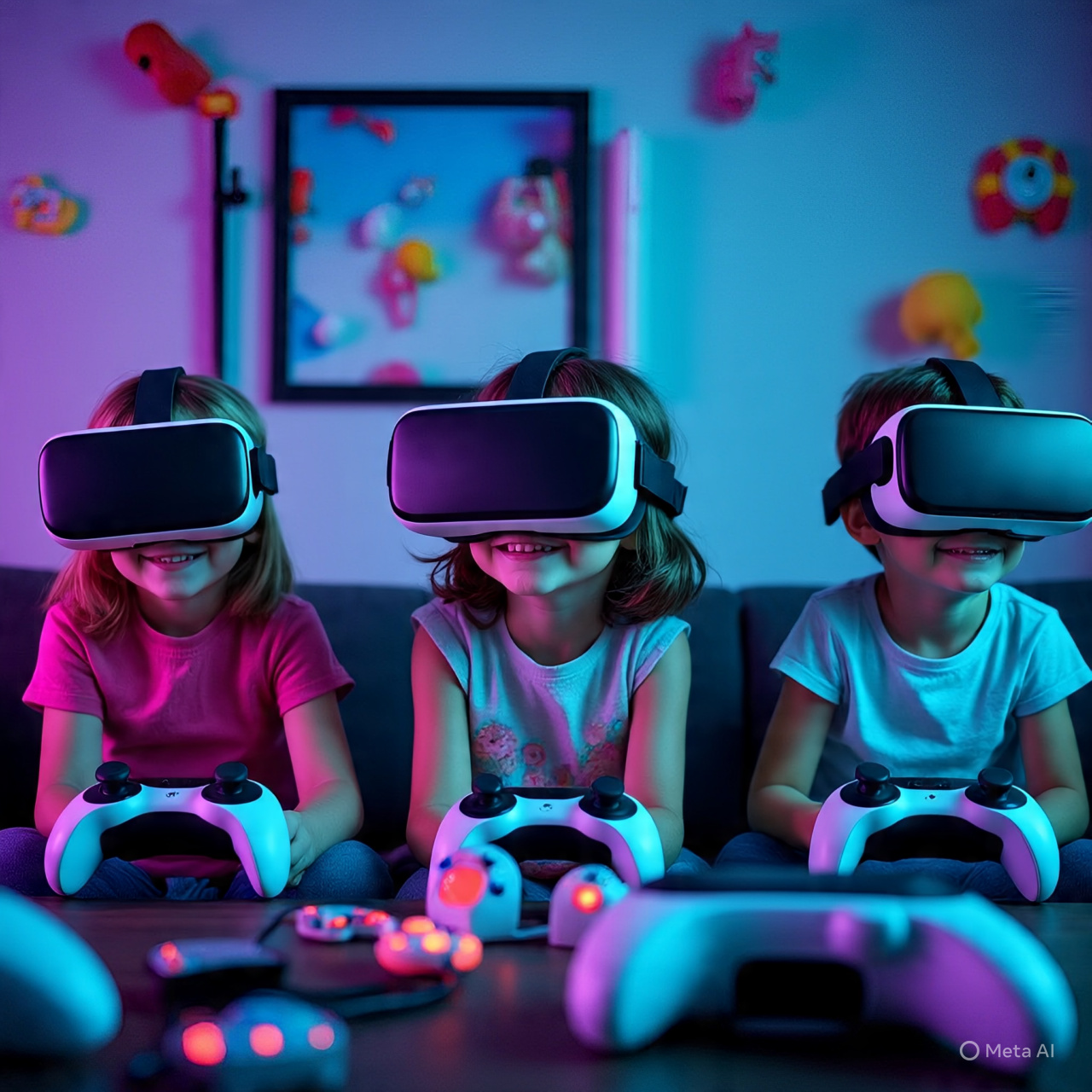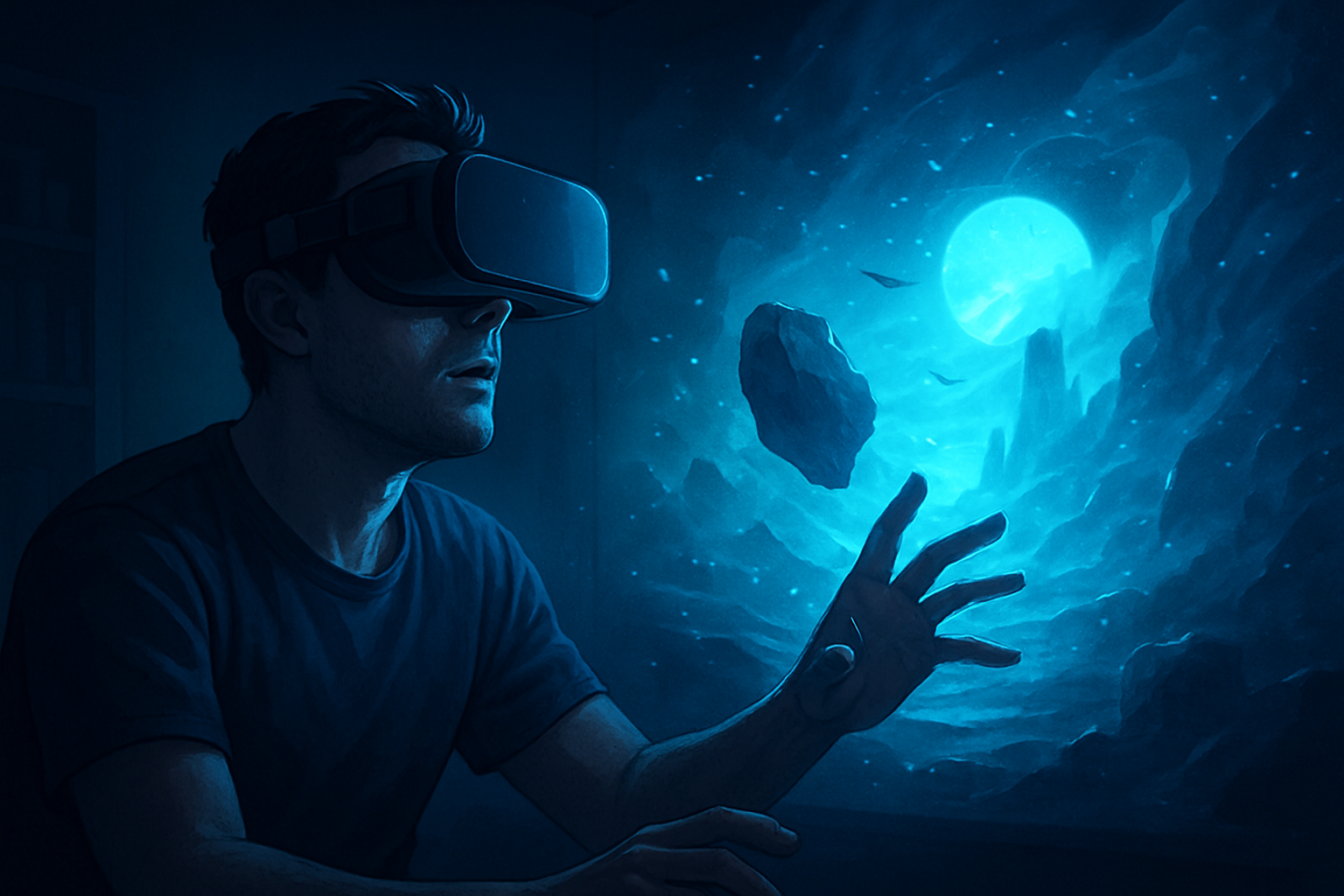The first time I wore a VR headset, I forgot I was standing in my own room. My walls disappeared, the ceiling vanished, and I was standing on a cliff, looking down at an ocean that felt so real I could almost smell the salt in the air. My heart raced, my palms got sweaty, and for a moment, I believed I was there. It was exciting… and a little scary. If something as simple as a device could convince my brain to abandon reality for pixels, what would happen if we started living in that illusion for hours every day?

Virtual Reality (VR) is no longer the stuff of sci-fi movies. It has stepped into hospitals, classrooms, military training, sports, and even therapy. Surgeons practice complex operations in a simulated environment before touching a real patient. Students can take virtual trips to ancient Rome or explore the human brain from the inside. It’s a powerful tool, no doubt, one that could change how we learn, work, and interact.
But like every shiny invention, VR has its shadows. The same technology that inspires creativity can also drain it. If reality is hard, and the virtual world feels more rewarding, many people may choose the simulated over the real. The danger? We may end up with a generation that spends more time in a headset than under the sun.

There’s also the matter of our brains. VR feeds our senses with artificial signals light patterns for the eyes, spatial audio for the ears, and even vibrations for touch. If used moderately, it’s harmless. But prolonged exposure might blur our perception of reality, alter our balance, and affect how we process real world experiences. Imagine a child growing up in VR playgrounds, will they see the real world as dull in comparison?
And then there’s the social aspect. VR can bring people together from across the globe, but it can also isolate them. Face to face conversations carry emotions, micro-expressions, and subtle connections that a headset can’t fully replicate. If VR replaces these real interactions, we risk creating a society where people are “together” but deeply alone.
Of course, the future of VR doesn’t have to be a dystopia. Like every technology, it’s all about balance. We can set limits, create VR experiences that encourage physical movement, and design programs that blend learning with real world application. The goal should be to make VR a tool that enriches reality, not replaces it.

The question isn’t whether VR will be the next big breakthrough, it already is. The real question is: will we control it, or will it control us? Because the most dangerous thing about virtual reality is not losing yourself in it for a moment… it’s never wanting to come back.
Images are Ai generated
https://vote.hive.uno/@thebbhproject
Support the witness and vote for TheBbhProject carried out by @bradleyarrow
Posted Using INLEO

